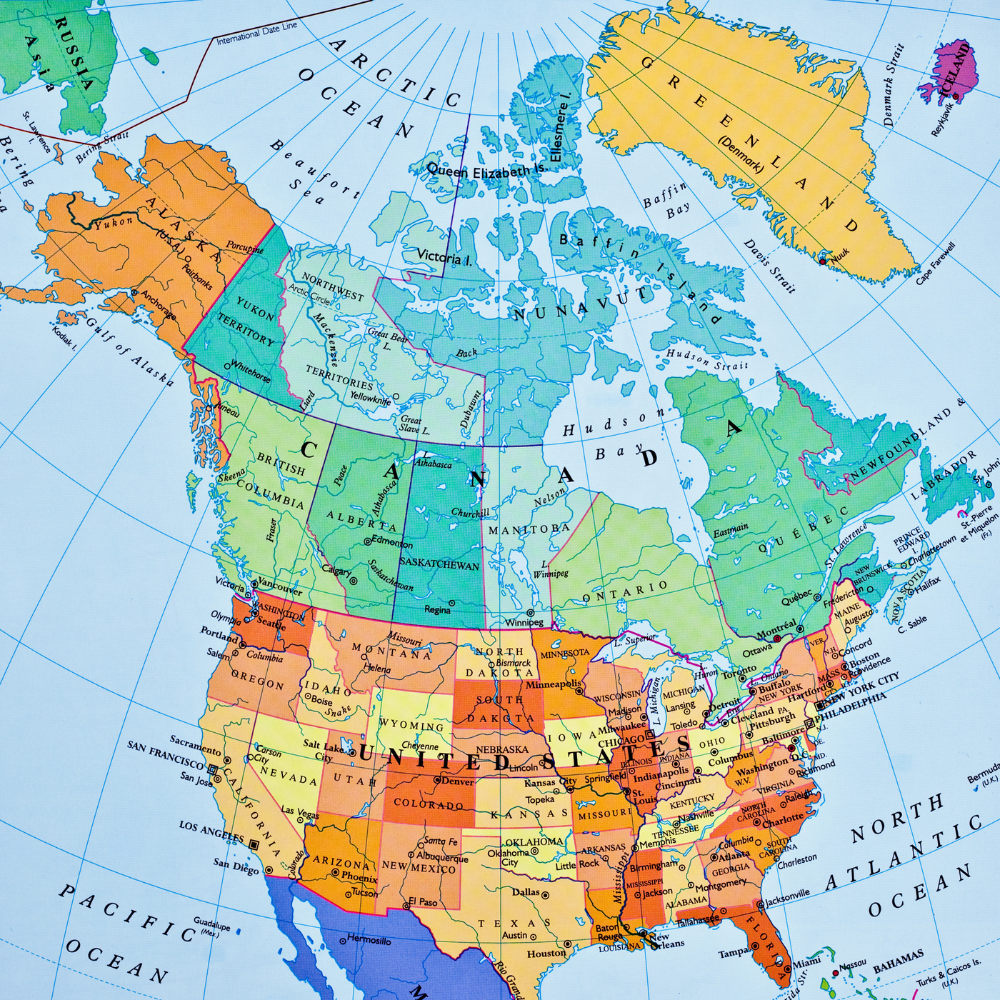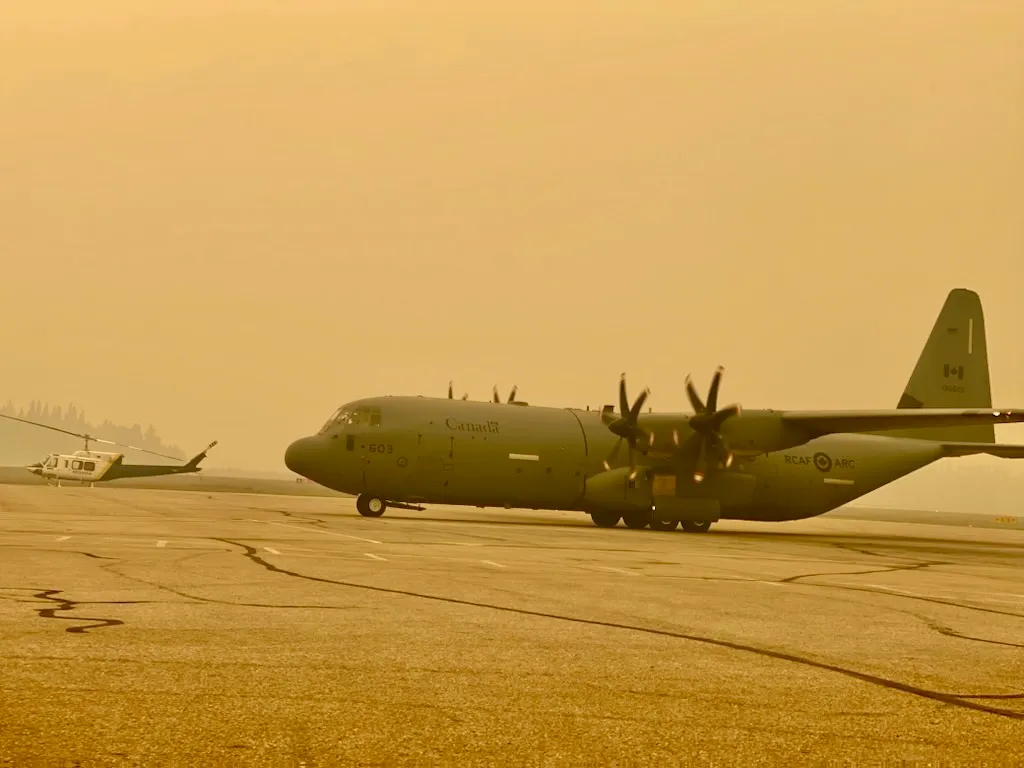As a former resident of Yellowknife, capital of Canada’s Northwest Territories (NWT), I was glued 24/7 to the ominous news out of northern Canada this past summer as unprecedented wildfires engulfed the entire region in the most severe fire season ever, culminating in the full evacuation of all 22,000 residents from Yellowknife commencing 16 August as a menacing wall of fire and ash took aim at the capital city.
As NWT Fire Information Officer Jessica Davey-Quantick described to Canada’s Maclean’s magazine, “By the end of September 2023, the NWT had recorded 303 fires, burning over four million hectares. That’s about the size of Denmark, and well beyond the record set in 2014, colloquially known as the Summer of Smoke, when 3.4 million hectares burned.” She noted the season started “hot” in May “when over 4,000 people were forced to evacuate” in “the first of 14 evacuation orders over the course of the summer;” in late July, the territorial government “had imposed the largest fire ban in its history, covering the entirety of the North Slave and South Slave regions;” and by August, there were “over 200 fires burning throughout the territory. Winds gusting up to 60 km/h, unseasonable temperatures in the high 20s and drought conditions combined to send multiple fires hurtling toward communities in the South Slave, devouring everything in their paths in a matter of hours.”




